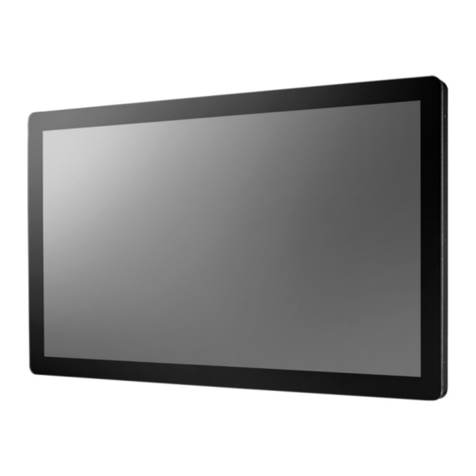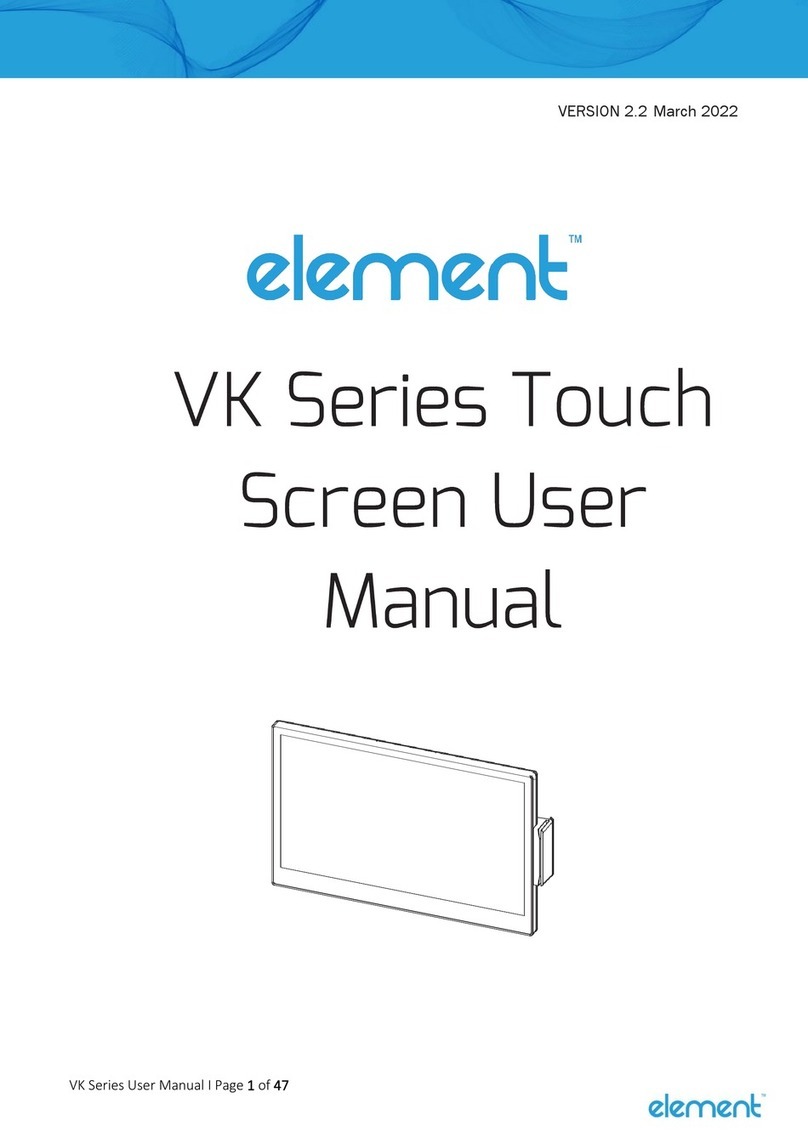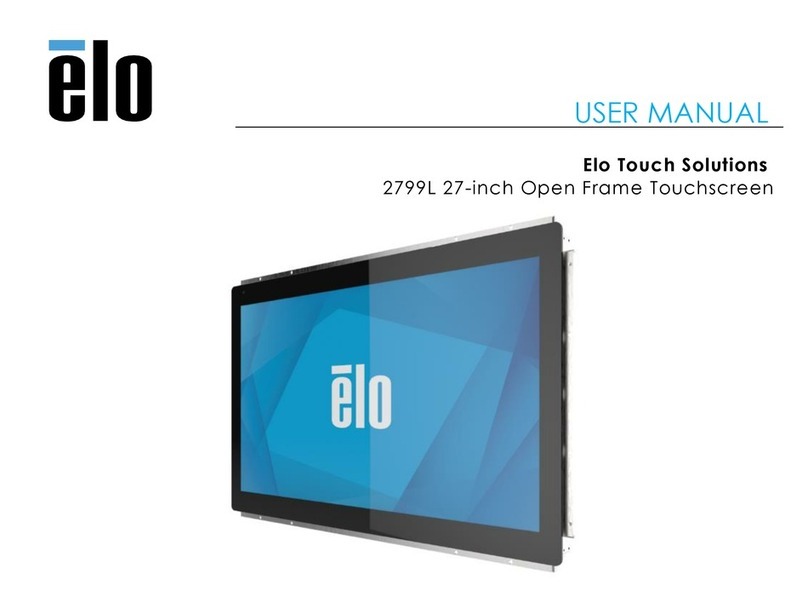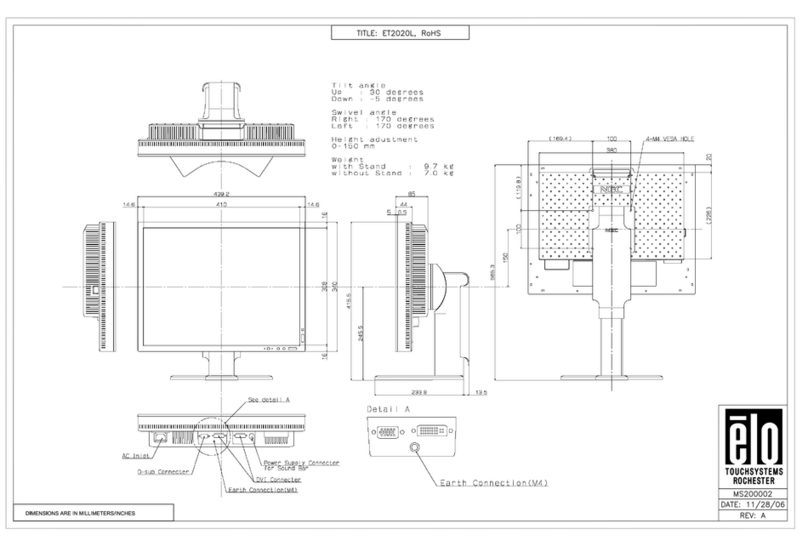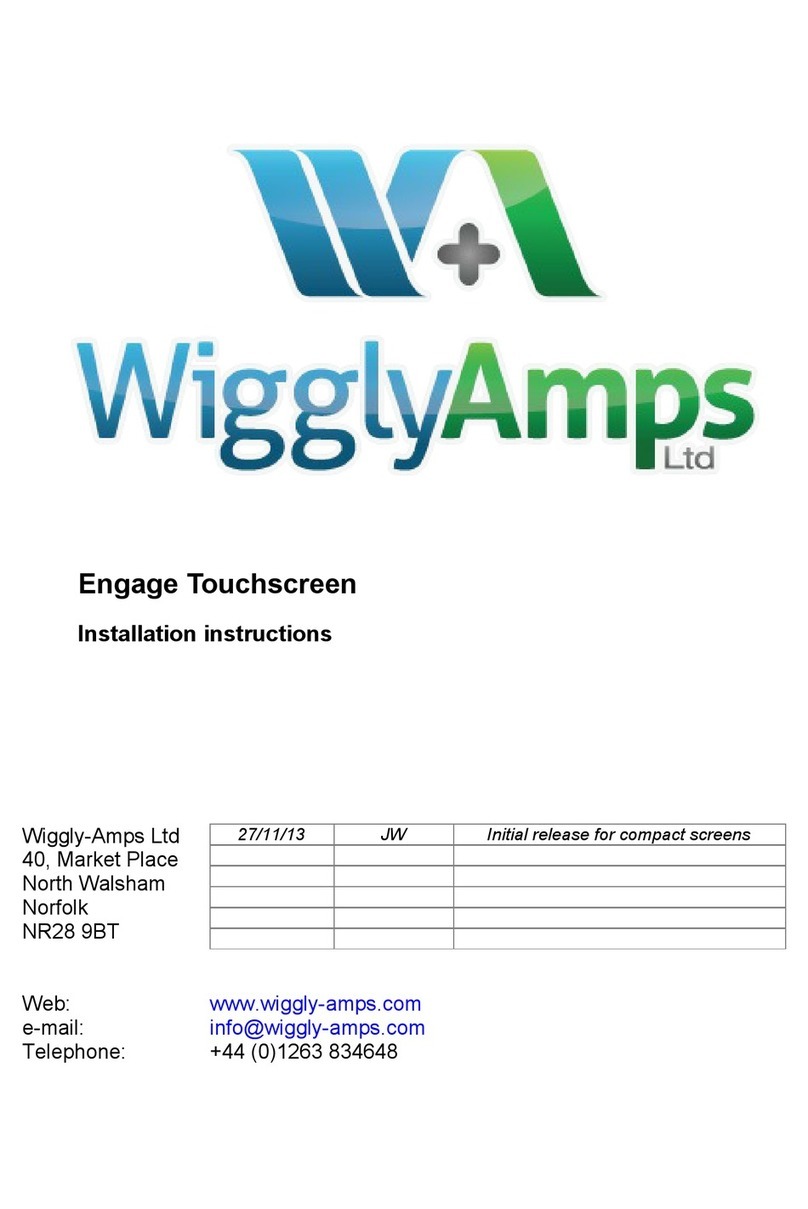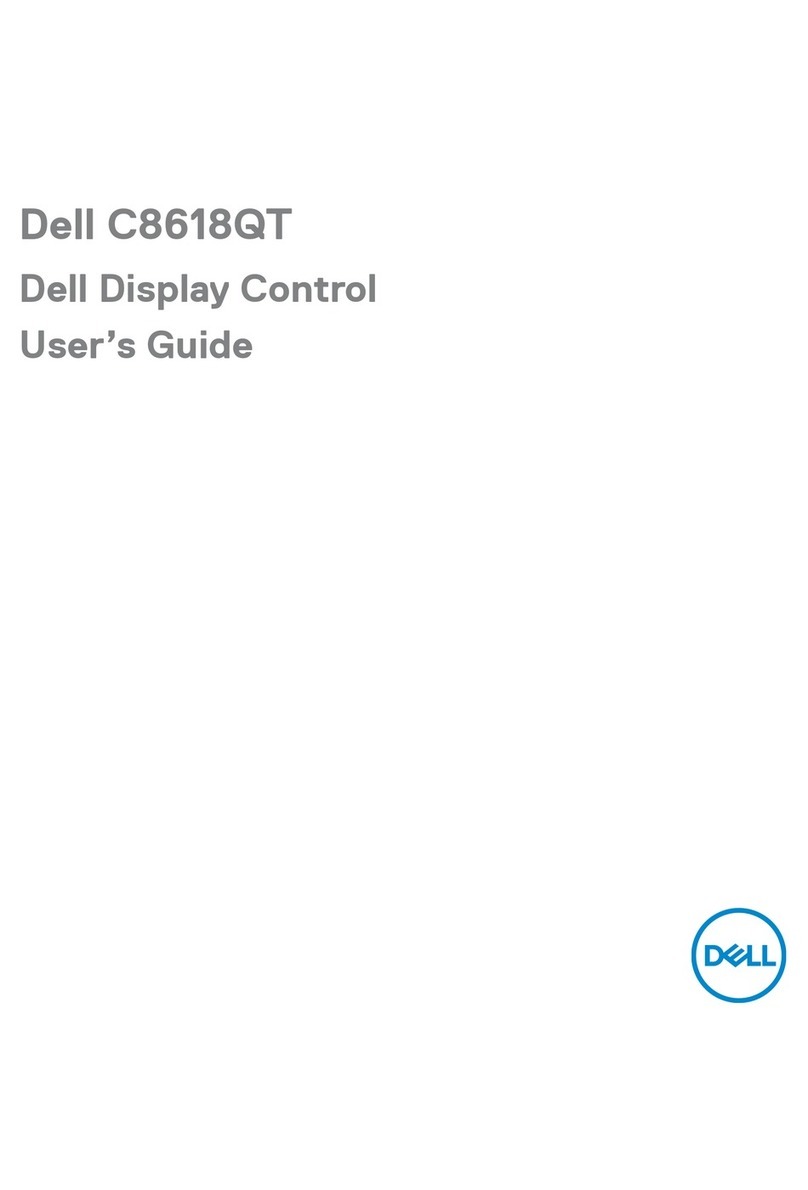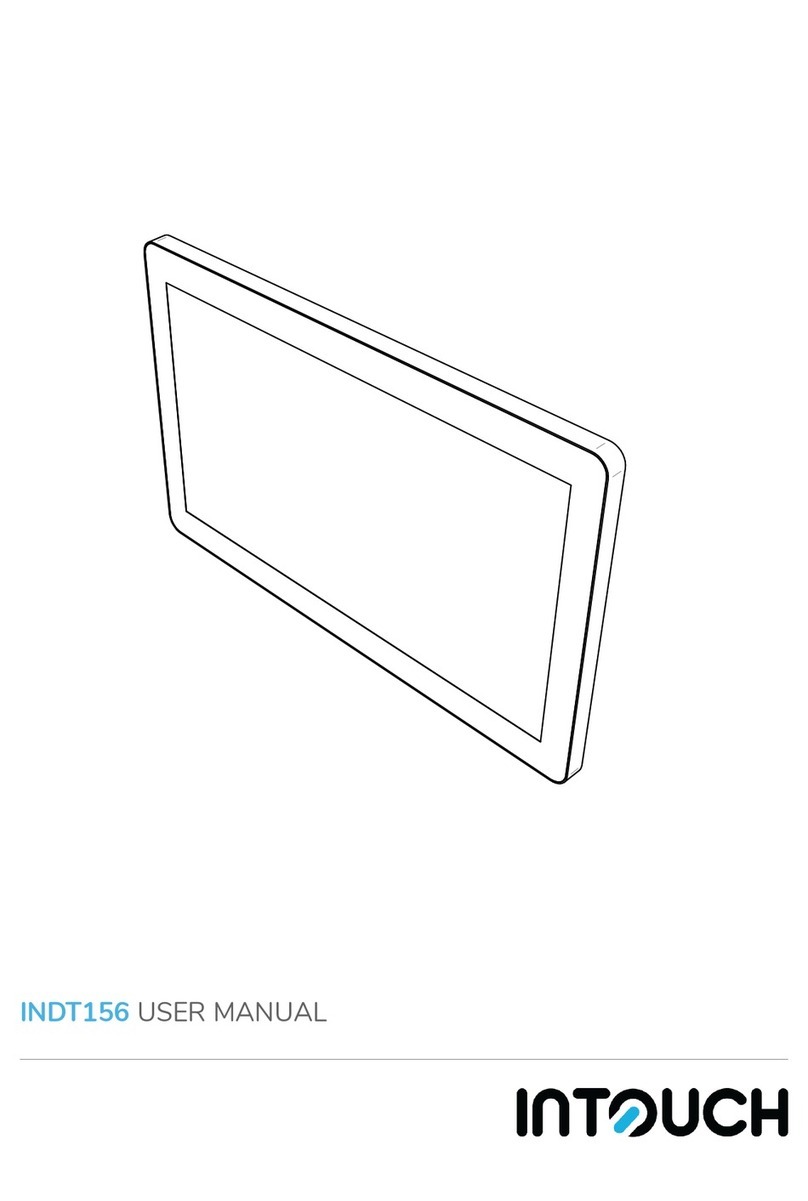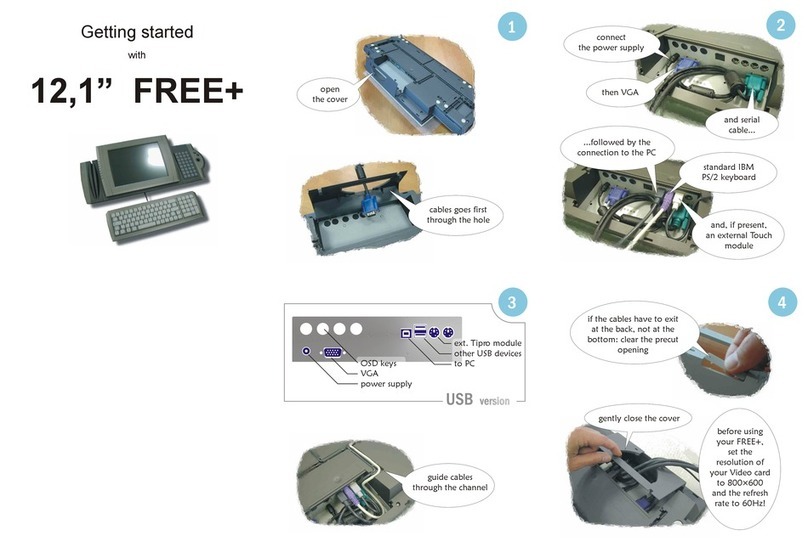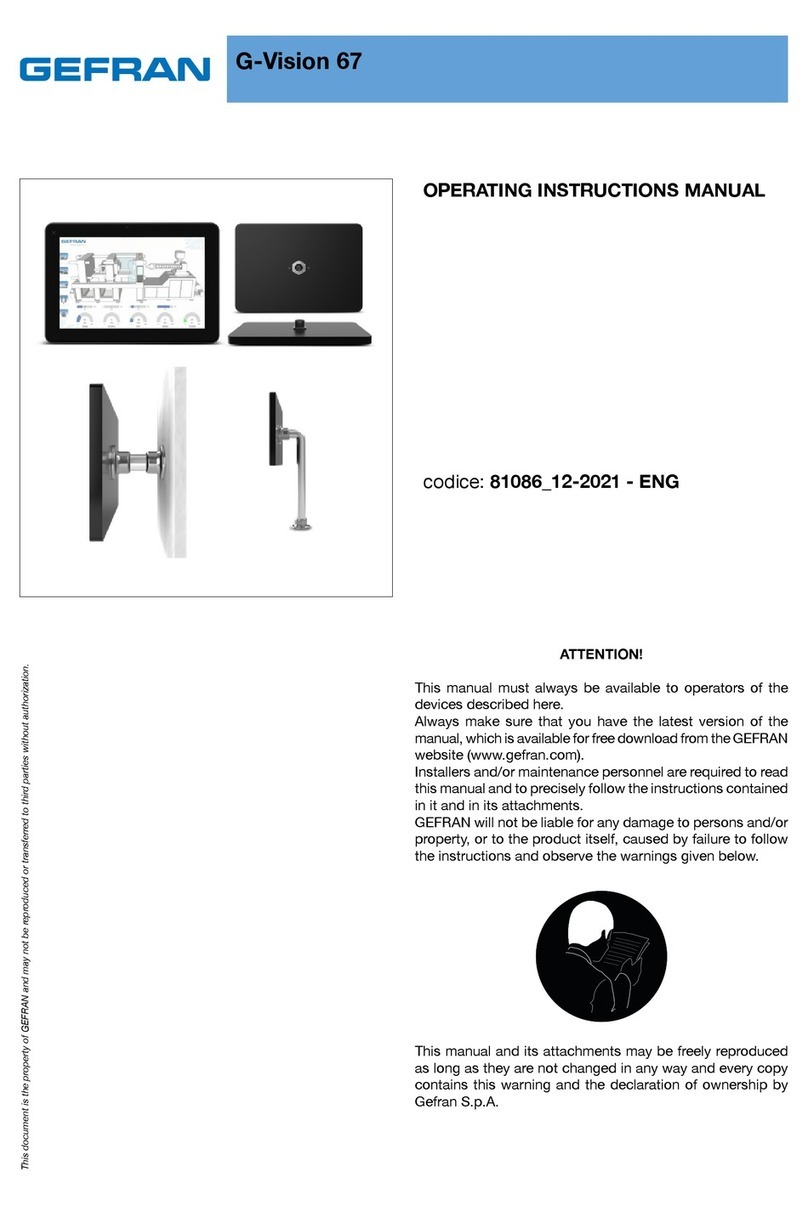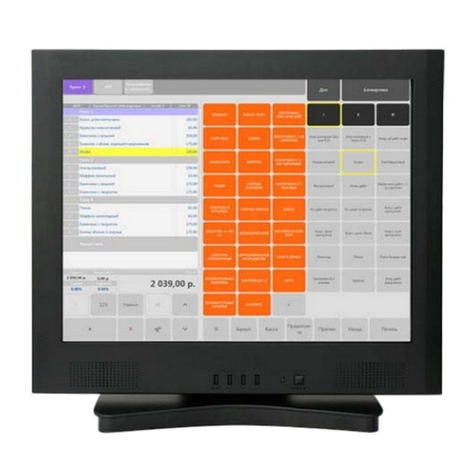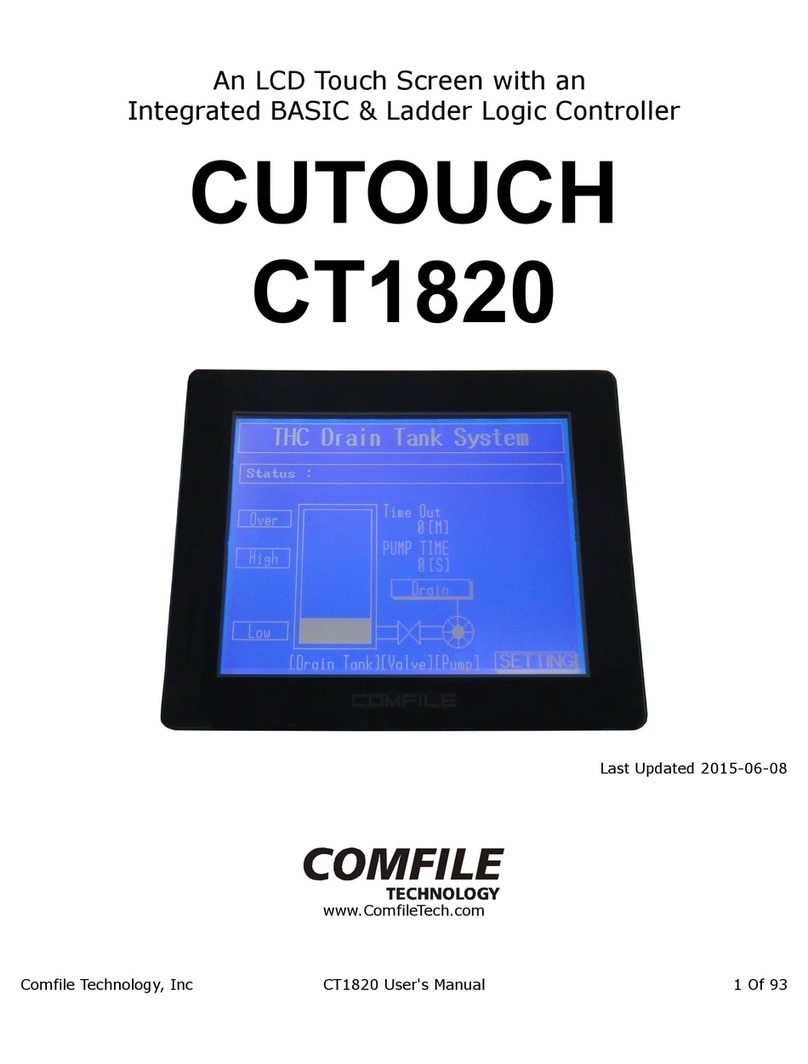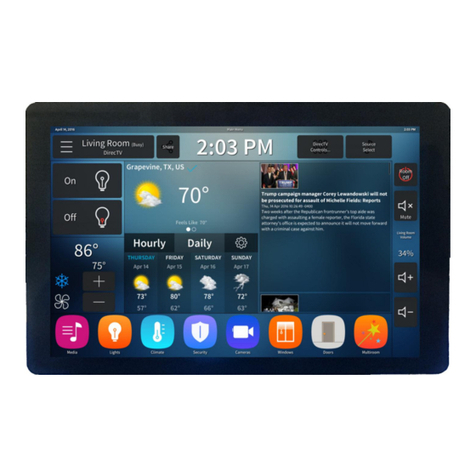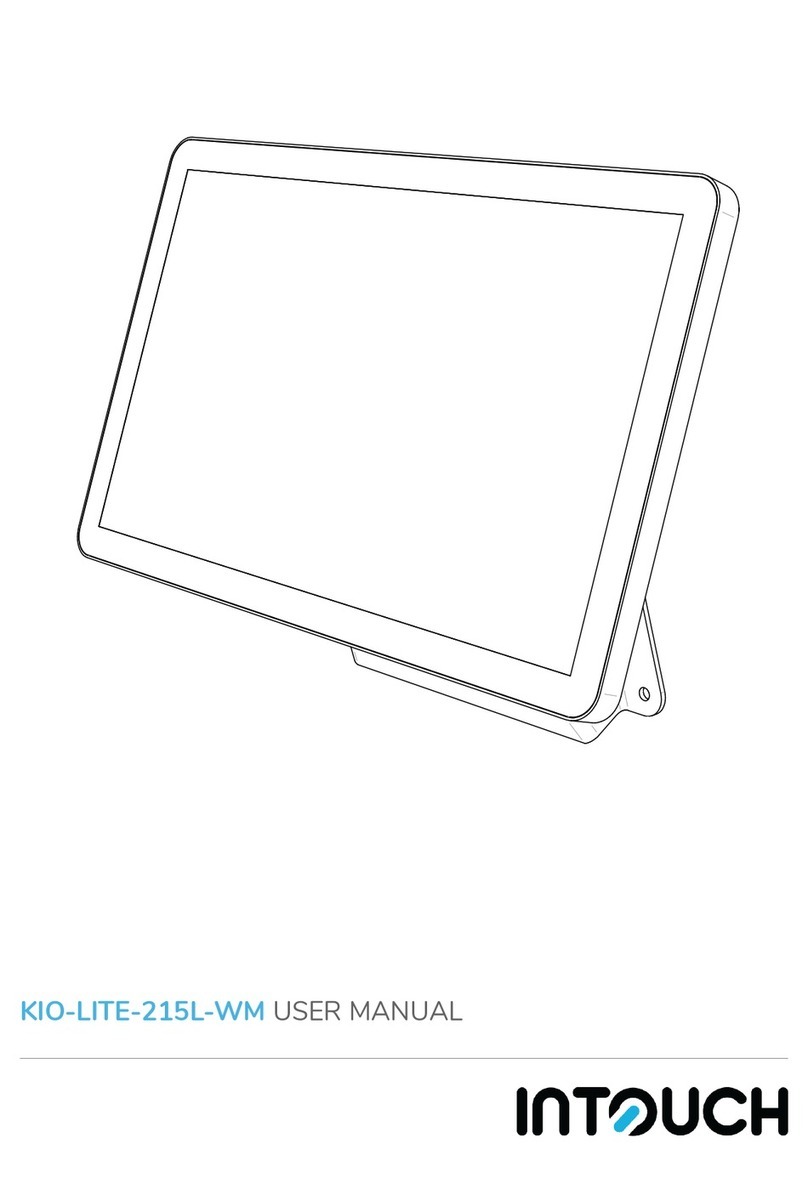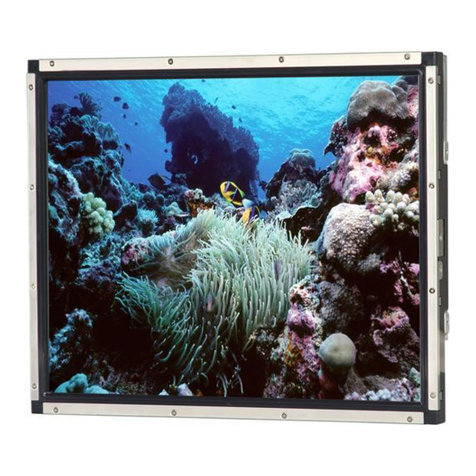
Part 1
I. FEATURES
•Most stable 15” LCD monitor with tilt adjust for
industrial and commercial use.
•Application covers POS, Factory Automation etc.
•High quality 15” TFT LCD panel with scaling function for full screen
display
•Easy maintenance structure allowing easy cleaning
•Tilt adjustable yet robust and wobble free construction
•Recommended LCD resolution: 1024 x 768
•Durable resistive type touch panel for TM-7115/7115N that endures 35
million touches min. at same spot or Infra-Red touch panel for TM-7115IR
•Supports touch panel function including left/right button, double click, drag
& drop (for TM only)
•Touch beep can be pitch adjusted/enabled/disabled by software control
(for TM only)
•Support 2 downlink USB ports
FCC NOTICE
This equipment generates, uses, and can radiate radio frequency energy and, if not installed and used in accordance with the
instructions manual, may cause interference to radio communications. It has been tested and found to comply with limits for a Class
A digital device pursuant to subpart J of Part 15 of FCC Rules, which are designed to provide reasonable protection against
interference when operated in a commercial environment. Operation of this equipment in a residential area is likely to cause
interference in which case the user at his own expense will be required to take whatever measures to correct the interference.
WARRANTY LIMITS
Warranty will terminate automatically when the machine is opened by any person other than the authorized technicians. The user
should consult his/her dealer for the problem happened. Warranty voids if the user does not follow the instructions in application of
this merchandise. The manufacturer is by no means responsible for any damage or hazard caused by improper application.
ABOUT THIS MANUAL
This manual assists the user to utilize the Touch Monitor TM-7115 & TM-7115N & TM-7115IR. This product provides exquisite
touch control capability over a stable and adjustable LCD monitor with minimal footprint.
The manufacturer of the LM/TM-7115/7115N/7115IR LCD/touch monitor heartily apologizes to the user for reserving the right to
change or to modify this manual without notice due to the rapid and constant progress and improvement on science and technology.
The user may always obtain the most up to date information through any of our web sites: http://www.posiflex.com,
http://www.posiflex.com.tw, http://www.posiflexusa.com.
Copyright Posiflex Technology, Inc. 2011
TRADE MARKS AND SERVICE MARKS
POSIFLEX is a registered trademark of Posiflex Technology, Inc.
Other brand and product names are trademarks and registered trademarks and service marks of their respective owners.
P/N: 19690900050
LM/TM-7115/7115N/7115IR
LCD Touch Monitor
User’s Manual
Rev. D0
